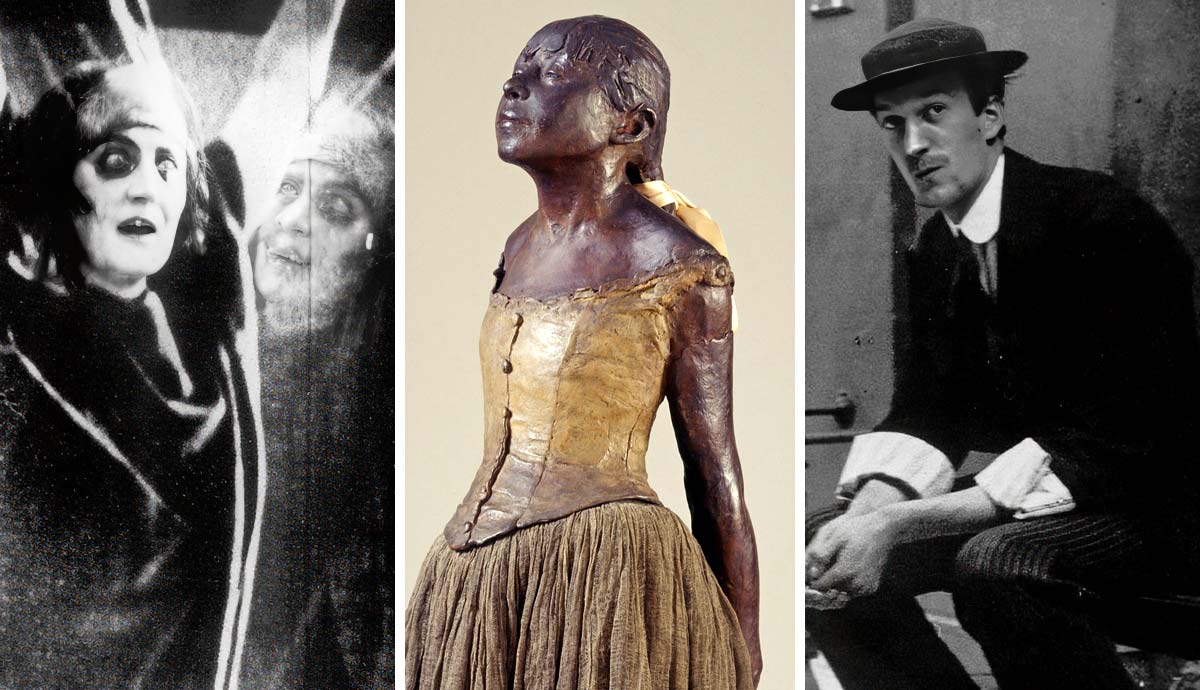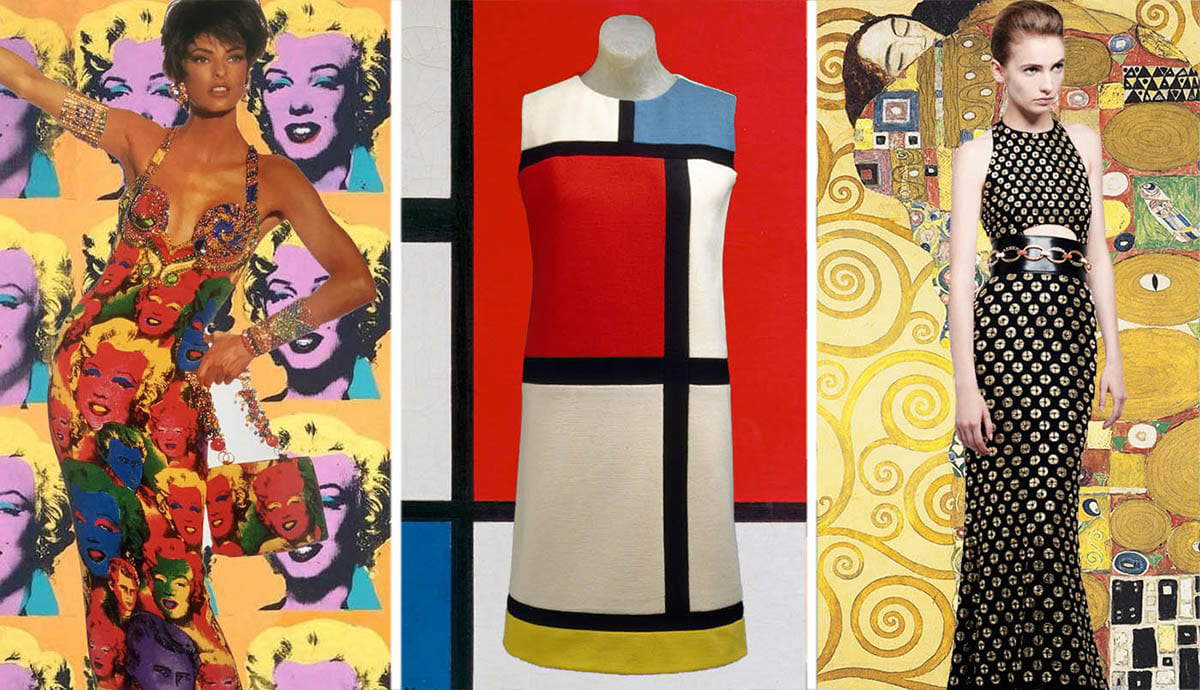
Of all the classic American films, which is the most beloved by fans? Casablanca? Singin’ in the Rain? That epic Easter-time favorite, The Ten Commandments? For the clueless, take a cue from Glinda the Good Witch and just follow the Yellow Brick Road. Not only is there no place like home, there’s no movie quite like The Wizard of Oz.
1. Famous Lines From The Wizard of Oz

Among Hollywood’s vintage greatest hits, there have been bigger money-makers (like Gone with the Wind) and more artistically innovative and influential films (like Citizen Kane), but the M-G-M studios 1939 musical fantasy milestone checks all the boxes as a timeless landmark of American—and world—cinema. Adapted from L. Frank Baum’s terrifically popular 1900 children’s book, how is it that Dorothy Gale’s (and her dog Toto’s) wondrous Technicolored adventures over the rainbow are still golden oldies, 85 years later? Has there ever been a movie with as many quotable lines? Only The Godfather comes close. Consider these: “My, people come and go so quickly here!” “Are you a good witch or a bad witch?” “Lions and tigers and bears, oh my!” “Pay no attention to that man behind the curtain,” “Be gone, before someone drops a house on you too!” “I’ll get you, my pretty,” and, of course, “Toto, I’ve a feeling we’re not in Kansas anymore.”
2. Music

From precious dialogue gems, it’s only a hop, skip, and a jump to the memorable songs by Harold Arlen and Yip Harburg, starting with Garland’s career-making, heart-breaking rendition of Over the Rainbow. Incredibly, M-G-M studio boss L.B. Mayer wanted to cut the song after initial previews, feeling it slowed the film down. After a near-mutiny by the front-line personnel, Mayer agreed to let it stay in. Garland’s signature hit set a high bar, but it’s followed by a string of enchanting song-and-dance numbers, from Ding Dong! The Witch is Dead, We’re Off to See the Wizard, and Follow the Yellow Brick Road to Merry Old Land of Oz and If I Only Had a Brain all sung by Garland and company. In musicals, it was standard practice for the performers to pre-record the songs, which were then played back during filming as the actors lip-synced to them.
3. Judy, Judy, Judy

It was co-producer Arthur Freed who had the idea to cast M-G-M’s 16-year-old Judy Garland in the lead instead of Mayer’s first choice, rival Twentieth Century Fox’s Shirley Temple, then America’s reigning young actress. Acting, singing, and dancing her way into screen immortality, Garland’s, incandescent, wide-eyed innocent performance as Dorothy is one for the ages. While ever so polite and kind, Dorothy has the heart and eye of a tiger, especially when defending her faithful dog Toto from the clutches of the witchy Miss Gulch in Kansas or the Cowardly Lion in Oz, whose growl is bigger than his toothless bite.
4. Supporting Cast

M-G-M brilliantly assembled a cast of veteran stage talents around Garland, most in dual roles. Performing in heavy costumes and makeup under the bright, hot lights needed for the early three-strip color photography, the ensemble literally risked life and limb on the set. One actor not in the cast is Buddy Ebsen (later in TV’s The Beverly Hillbillies), who started out as the Tin Man, but was forced to quit when he almost died as a result of an allergic reaction to the dusty metallic makeup. And is there anything more to say about Margaret Hamilton’s indelible Wicked Witch of the West, whose cackling, green-hued, hook-nosed presence still remains the gold standard for G-rated movie-going menace, even without her horde of flying monkeys? Hamilton herself was seriously burned and had to take several weeks off to recover from a botched pyrotechnic effect that set her broomstick on fire—with her on it.
5. Story

Standard for old Hollywood’s assembly-line creative system, upwards of 14 writers concocted the script. Among the key changes from the book was to age Dorothy from Baum’s little girl into a budding adolescent. This not only allowed Garland to play her, but it also turned the story into less of a children’s fairy tale than a young woman’s coming-of-age fable. After all, it’s those sparkling ruby-red slippers (with modest heels) that find their way onto Dorothy’s feet and in doing so allow her one more chance to return to Aunt Em and home sweet home.
Of all the life lessons Dorothy learns, perhaps the greatest is the awareness of her inner gifts and blessings—and that she had them all the time. Likewise, while her three adopted Oz companions are off to see the Wizard for either a heart (Tin Man), brain (Scarecrow), or courage (the Lion), they each in fact demonstrate those very qualities during the quest. What they don’t have are the often-superficial social symbols of such qualities, for instance, a diploma for Scarecrow.
6. Girl Power

Made in the decade in which women were front and center in motion pictures—think Greta Garbo, Bette Davis, Barbara Stanwyck, Marlene Dietrich, Joan Crawford, et al.—The Wizard of Oz is a fascinating study in, if you will, stealth and subversive girl power. Spoiler alert: Read no further unless you wish to learn the secret that the awesome Great and Powerful Oz is nothing but a great big sham, a fraud, aka a humbug. That little revelation means that the realm’s real seats of power belong to women, starting with Glinda and then Dorothy (after the Wicked Witch is, uh, washed up, of course.) Ironically, even in dry, grey Dustbowl Kansas, Aunt Em rules the roost with timid Uncle Henry hanging in the background. That is, until mean old Miss Gulch bicycles in to snatch Toto, and then even Em has to step aside.
7. Photography

Speaking of Kansas, there’s a good reason why those early (and last) scenes look different than the rest of the film. First off, they were shot using standard black-and-white film, and then given a sepia chemical treatment that added a warmer brown hue. This bit of cinematic wizardry works exquisitely on both a literal and symbolic level. For Dorothy, Kansas is a drab, stark, and even lonely place, especially since no one on her farm seems to care when she tells them about Miss Gulch. This longing of course prompts her legendary Over The Rainbow solo. Secondly, while Victor Fleming got the directorial credit, it’s now known that another name director, King Vidor, took over towards the end when Fleming was abruptly pulled off the production to take over a project called Gone with the Wind. That soon-to-be global blockbuster still blows away its competition as the all-time box office champ based on sold tickets.
8. Munchkinland

The sepia prologue sets up one of the greatest visual transitions in screen history. Caught inside the farmhouse while a roaring cyclone wreaks gale-force havoc around them, Dorothy and Toto hitch a nightmare ride to faraway Oz inside the belly of the twister. Landing with a thud, Dorothy opens the door into a crazy, kaleidoscopic wonderland exploding with all the colors of the rainbow and then some. Here’s where the giant, 400-pound Technicolor cameras go to work, capturing not only Dorothy’s perilous journey to the Emerald City, but the elaborate, painstakingly conjured-up costumes, sets, special effects, and minor characters, all courtesy of what was then Hollywood’s premiere movie studio (actually in nearby Culver City), home to more stars than there are in heaven.
9. The Dog

Now is as good a place as any to pay tribute to the real-life Toto: Terry the Cairn terrier, trained by owner Carl Spitz. Experienced Oz dog watchers will tell you Toto never makes a false move following around Dorothy or the other actors and has almost the same screen time as she does. He’s the furry fulcrum in the plot and his super-dog heroics first escaping Miss Gulch are cleverly mirrored in the Oz sequences, when he escapes the Wicked Witch’s castle to fetch Dorothy’s three biped companions back to rescue her. Not only was Toto/Terry (female, actually) featured on a U.S. postage stamp with Garland, but she also has her own memorial in the Hollywood Memorial Cemetery.
The Wizard of Oz: The Gift That Kept on Giving

While critical reviews of Wizard of Oz were mostly over the moon, it initially lost money, though not for a lack of tickets sold. Since the majority of those tickets were bought for children (average price ten cents), the box-office returns weren’t enough to offset the deluxe $3 million budget. All that changed beginning in 1956 when the film had the first in a series of special Christmas-time TV showings on the CBS network, and then NBC. Remember, this was when only three major national networks had all the viewers, unlike in today’s increasingly splintered TV/cable/streaming home entertainment markets.
Over time, the spell of these coast-to-coast showings would magically transform M-G-M’s kids-of-all-ages masterpiece into the adored and inspiring pop-culture treasure that it is today, from Kansas to Kalamazoo and beyond. If you need more proof of that, you won’t need to click your heels together. Just take a trip to merry old Broadway in New York City and buy a ticket (if you can afford one) to its long-running, bewitching revisionist prequel, Wicked.










